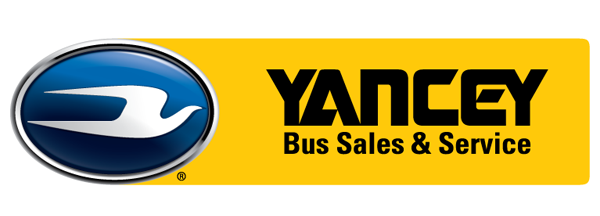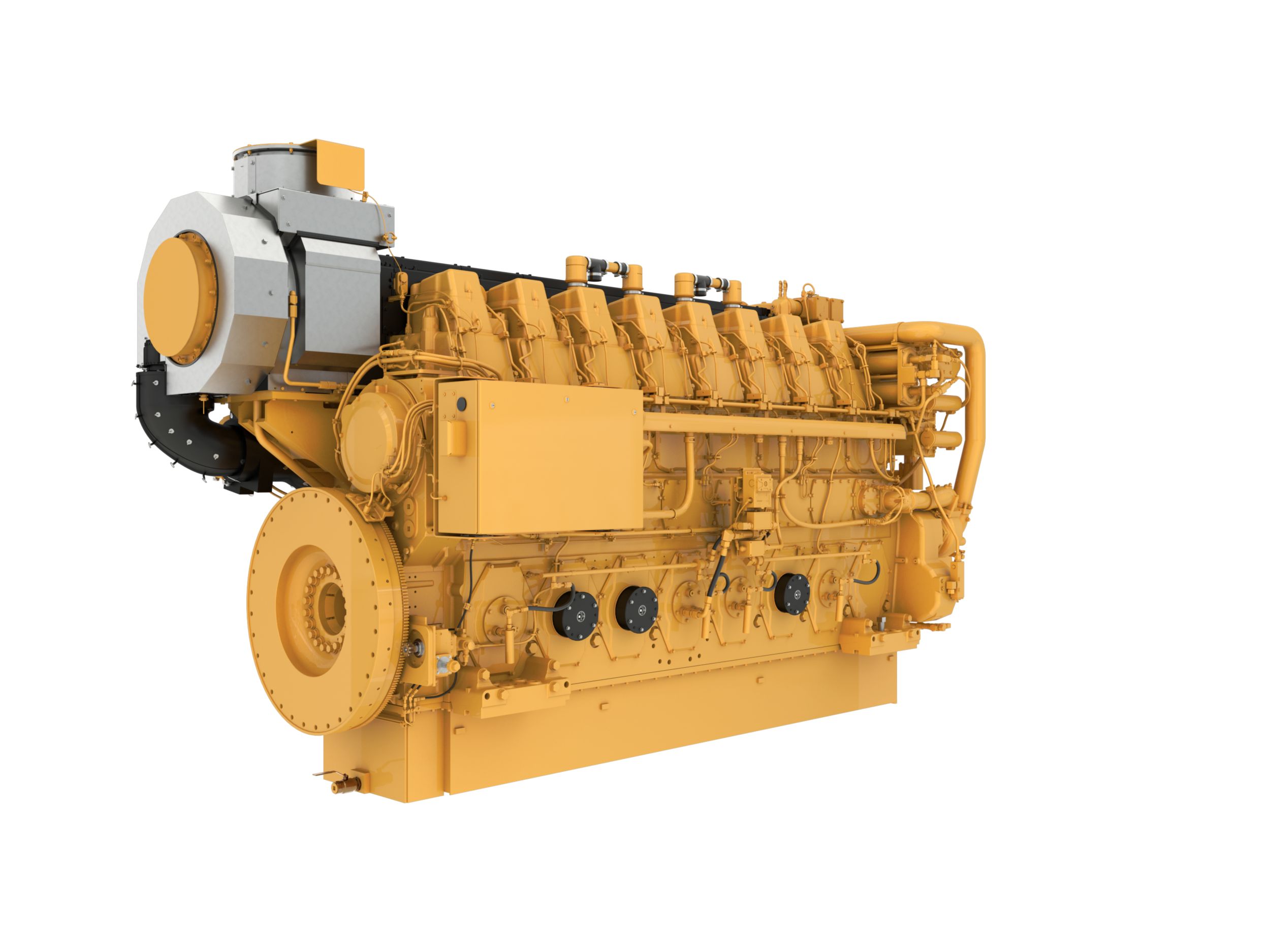Yanceybros.com is not supported by this version of your browser.
For optimal website browsing we recommend downloading the latest version of Microsoft Edge or upgrade your current version of Internet Explore to v10 or higher.
Follow this link to update your current version of IE.
Download Edge

